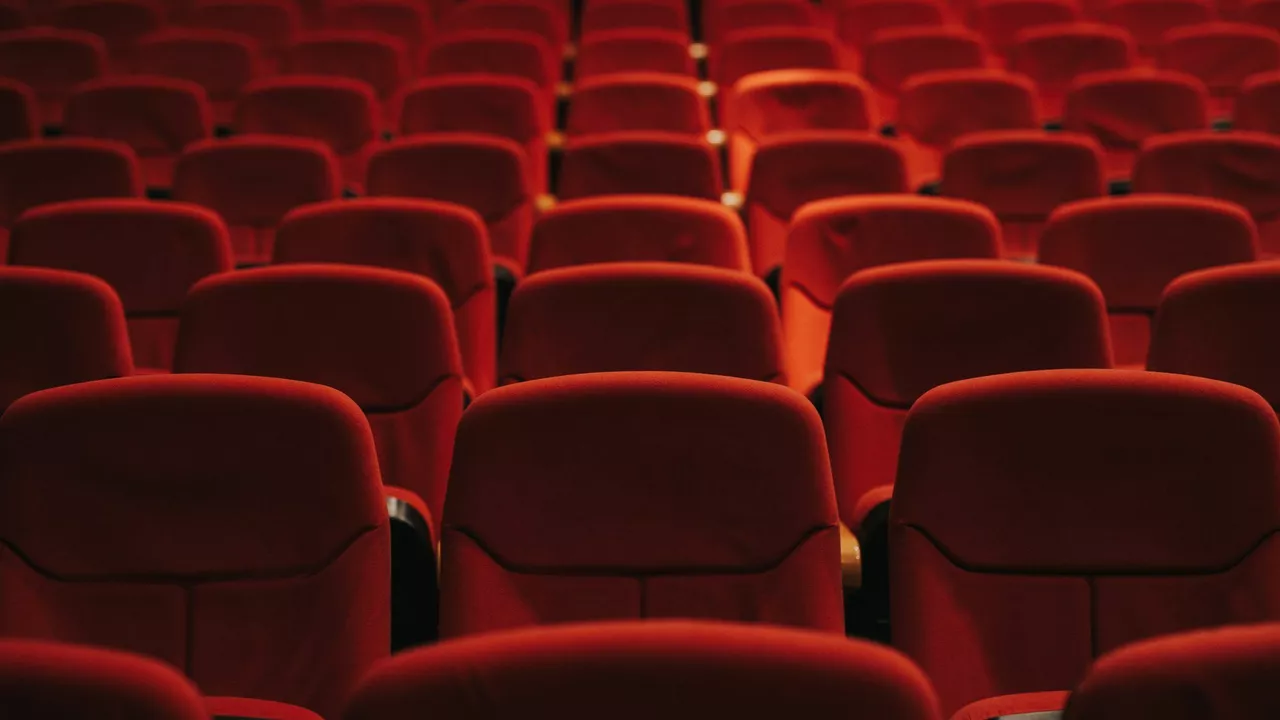What Is Theater Occupancy and Why It Matters
Ever walked into a theater and wondered why some screens are packed while others feel empty? That’s theater occupancy in action. It’s simply the percentage of seats that are filled at any given show. The higher the occupancy, the more buzz you feel, but it also affects ticket prices, comfort, and even health safety.
For you, knowing the occupancy level can help you pick a show that matches your vibe—whether you love a packed house or prefer a quieter setting. It also tells theater owners how well a movie is performing and whether they should adjust showtimes or pricing.
How Theater Occupancy Is Measured
Most cinemas use ticket sales data to calculate occupancy. If a theater has 200 seats and sells 150 tickets, the occupancy is 75%. Some modern venues add sensors that track real‑time seat usage, giving more accurate numbers for each screening.
Occupancy isn’t just a number on a dashboard; it influences everything from popcorn supplies to cleaning schedules. During peak times like weekends or holidays, you’ll see higher percentages. Conversely, early weekday matinees often run below 30% occupancy.
Tips to Get the Best Seats and a Comfortable Experience
1. Check online before you go. Most booking platforms show how many seats are left for a specific show. If you see “Only a few seats left,” expect a full house.
2. Pick off‑peak hours. Late‑night or early‑morning shows usually have lower occupancy, so you can stretch out and enjoy a quieter atmosphere.
3. Use the seat map. Many cinemas let you choose your exact seat when you buy tickets. Look for rows with extra legroom or spots away from the screen’s glare.
4. Consider health guidelines. In times of heightened health concerns, theaters may limit occupancy to 60% or less. This means more space between you and strangers, which can make the experience more pleasant.
5. Arrive early. Even if you have a confirmed seat, getting there 10–15 minutes early lets you settle in, grab snacks, and avoid rushing.
Understanding theater occupancy also helps you budget. Sold‑out movies often see price hikes, while half‑filled screenings might have discounts or loyalty offers. Keep an eye on social media or the theater’s website for special deals tied to low occupancy.
Finally, remember that occupancy is a two‑way street. Your choice to attend a less‑crowded show supports the theater’s ability to offer diverse programming, and your presence at a full house encourages new releases. So next time you plan a movie night, think beyond the trailer—look at the occupancy, pick the right time, and enjoy the film the way you like it.
What determines how long a movie stays in theaters?
The length of a movie's run in theaters isn't random; it's influenced by several key factors. Most importantly, box office success is crucial - if a film is making money, it tends to stay on the big screen longer. Its performance during opening weekend can also predict its theater lifespan. Additionally, the time of the year matters, as holiday seasons often extend a movie's run. Lastly, the genre can influence run length, with blockbusters generally sticking around longer than indie flicks.
